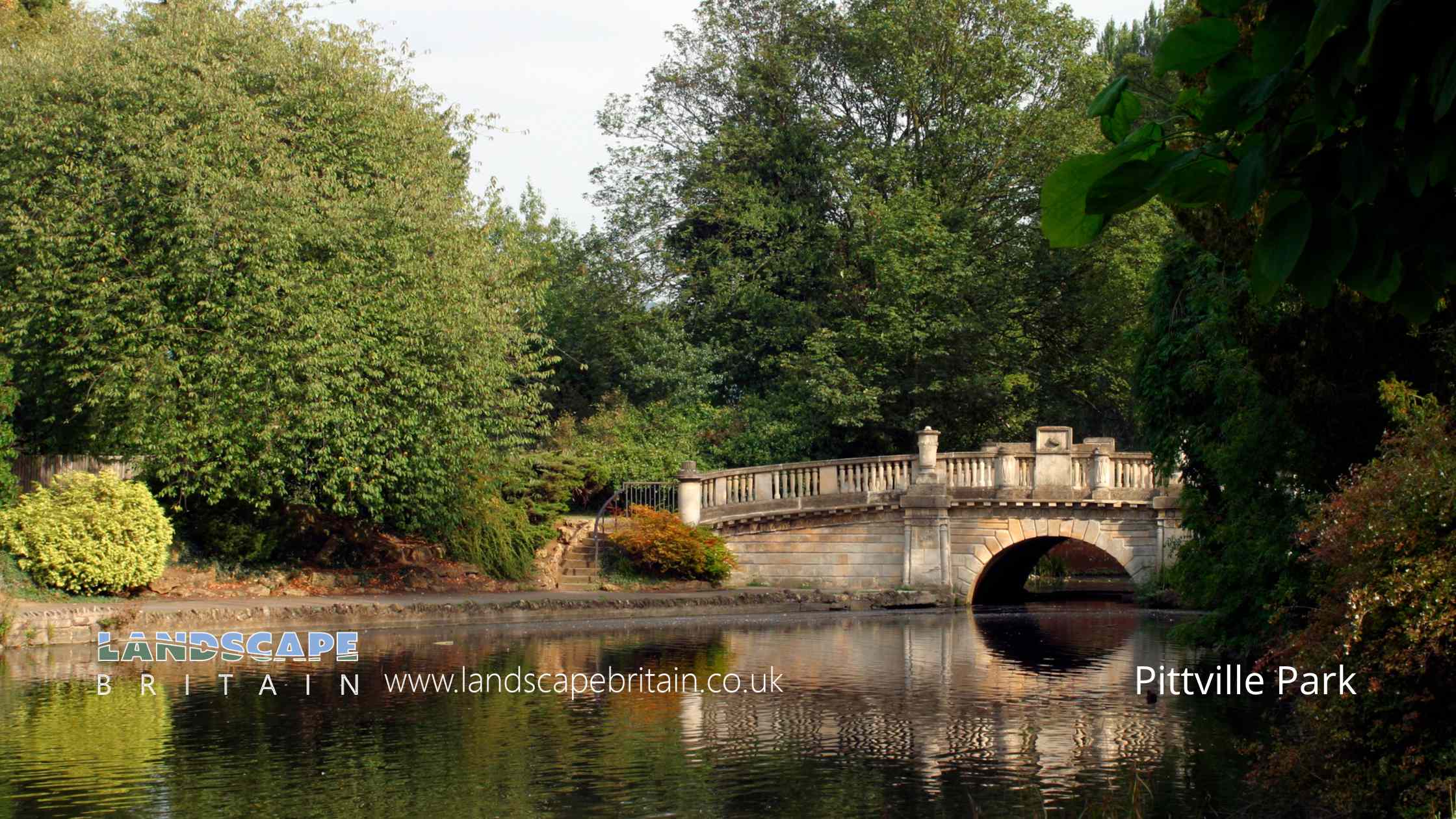
Pittville Park
Pittville Park
Pittville Park, located in the picturesque spa town of Cheltenham, stands as a testament to the town’s rich history and its commitment to preserving green spaces. Opened in 1825, the park was originally part of the grand plan for the Pittville estate, envisaged by Joseph Pitt, a local landowner and developer. His vision was to create an upscale area north of the existing town, centred around a magnificent Pump Room and the sprawling parklands.
The heart of Pittville Park is the majestic Pump Room, an iconic example of Regency architecture. Built between 1825 and 1830, the Pump Room was designed to be the social hub of the estate, where visitors could drink the medicinal spa waters. Today, this Grade I listed building serves as a versatile venue for events and weddings, still exuding the elegance and charm of the Regency era.
Spanning over 33 hectares, Pittville Park is the largest ornamental park in Cheltenham and is divided into two distinct areas. The eastern side is more traditional, with its manicured lawns, ornamental lakes, and bridges. A standout feature here is the boating lake, where visitors can enjoy peaceful boat rides, surrounded by the natural beauty of the park. The western side offers a more natural setting, with open grassy areas perfect for sports and recreation.
Children are particularly drawn to the park’s excellent play area, often cited as one of the best in the country. It includes a wide range of equipment suitable for all ages, from toddlers to teenagers. The park also boasts a pitch-and-putt golf course, tennis courts, and a skate park, catering to a variety of interests and ages.
Nature enthusiasts appreciate the park’s diverse flora and fauna. The aviaries and the small animal section are popular attractions, providing an opportunity to observe different bird species and small mammals up close. Throughout the year, the park’s landscape transforms with the seasons, offering a colourful palette of flowers in spring and summer, and a serene display of autumnal hues later in the year.
Pittville Park is not just a recreational space; it’s a vital part of Cheltenham’s cultural and community life. It hosts numerous events throughout the year, including music concerts, festivals, and outdoor theatre performances, drawing both locals and tourists alike. These events, set against the backdrop of the park’s natural beauty and historical significance, create a unique and memorable experience for all who attend.
Pittville Park is a cherished gem in Cheltenham, seamlessly blending history, nature, and recreation. Its continued popularity and preservation reflect the town’s dedication to maintaining its heritage while providing a vibrant, welcoming space for the community and visitors. Whether for leisure, exercise, or attending cultural events, Pittville Park remains a focal point of Cheltenham’s social and cultural life.
Created: 11 January 2024 Edited: 26 March 2024
Pittville Park
Local History around Pittville Park
There are some historic monuments around including:
Tithe barn at Postlip HallNottingham Hill campDixton Hill campChurchyard cross in St Mary's churchyardMoated site and fishpond at Urrist Barn, 220m south west of Yew Tree FarmBattledown campChurchyard cross in St John The Baptist's churchyardMoat House moated siteThree bowl barrows, known as Emma's Grove round barrowsDryhill Roman villaBowl barrow 680m south east of Piccadilly FarmCleeve Hill camp near CheltenhamCrickley Hill campMoated site and fishponds at Church FarmCrippets long barrow, 680m north east of Dryhill FarmMoat and fishpond at Bentham ManorLeckhampton camp and tumulusChurchyard cross in St Mary's churchyardEarthwork on Cleeve CommonBowl barrow 750m north west of Wood FarmThe Ring, Cleeve Hill, BrockhamptonTwo bowl barrows, known as Crippet's Wood round barrows, 560m and 590m north east of Dryhill FarmLineover long barrow, 530m south west of Castle Barn FarmMoated Site 570m west of Laxton Meadow FarmHillfort 320m north east of Castle Barn Farm.






